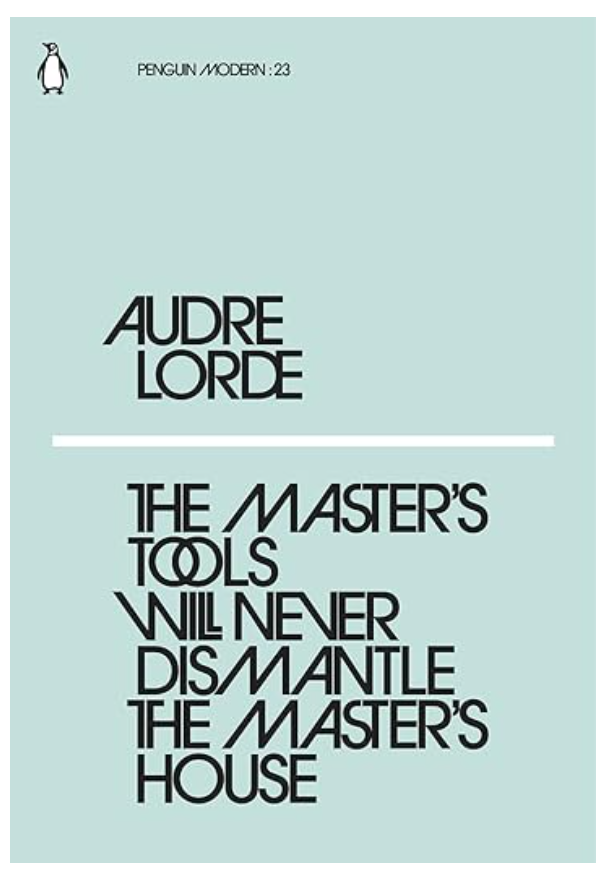Creative vs. Artist: Understanding the Distinction
In the realm of artistic expression, the terms "creative" and "artist" are often used interchangeably. However, it's important to recognize that while all artists are creative, not all creative individuals consider themselves artists. I consider myself someone who leans into both mindsets depending on the situation. In my line of work as an artist and as an owner of a creative space, I often get to chat with artists about their thoughts on creativity. We are going to delve into the distinction between being creative and being an artist, exploring the unique characteristics and roles associated with each.
1. The Creative Mindset:
Being creative is a mindset that transcends specific artistic disciplines. Creative individuals possess a unique ability to think outside the box, generate original ideas, and find innovative solutions to problems. They embrace curiosity, experiment with different mediums, and explore various avenues of self-expression. Creativity is a fundamental human trait that can be applied to any area of life.
Book Recommendation Steal Like an Artist: 10 Things Nobody Told You About Being Creative by Austin Kleon Creativity is and should be accessible to everyone. This is An inspiring guide to creativity in the digital age with the premise that nothing is original, so embrace influence, school yourself through the work of others, remix and reimagine to discover your own path. Follow interests wherever they take you!
Steal Like An ARtist: 10 things nobody told you about being creative
2. The Artist's Journey:
On the other hand, being an artist involves a deeper commitment to a specific artistic discipline or craft. Artists refine their skills, hone their techniques, and dedicate their time and energy to creating meaningful works of art. They often undergo formal training and pursue a career in their chosen artistic field. Artists strive to convey emotions, provoke thought, and communicate their unique perspectives through their creations.
Book Recommendation The Artist's Way: A Spiritual Path to Higher Creativity by Julia Cameron embarks on a creative journey that finds a deeper connection to process and purpose. Julia Cameron guides readers in uncovering problems and pressure points that may be restricting their creative flow and offers techniques to open up opportunities for self-growth and self-discovery.
The Artist's Way: A Spiritual Path to Higher Creativity
3. Expression vs. Vocation:
While creativity can be a personal expression of ideas and emotions, being an artist often involves a professional vocation. Artists may exhibit their works in galleries, participate in shows, or sell their creations. They may also engage with the art community and collaborate with other artists. Being an artist encompasses a deeper commitment to the development and sharing of their artistic vision.
Book Recommendation The War of Art: Break Through the Blocks and Win Your Inner Creative Battles by Steven Pressfield discusses the concept of resistance and the forces that prevent us from reaching our creative goals. Refelcting on self-doubt, procrastination and fear of failure and emphasising the importance of discipline, persistence and dedication.
The War of Art: Break Through the Blocks and Win Your Inner Creative Battles
4. Impact and Influence:
Both creative individuals and artists have the potential to make a significant impact on healing the world. Creativity can lead to innovation in various fields, problem-solving, and the development of new ideas. Artists, on the other hand, have a unique platform to challenge societal norms, provoke conversations, influence public opinion and heal the soul through their artistic expressions. Their works can inspire, evoke emotions, and shed light on important personal and social issues.
Book Recommendation Healing Trauma with Guided Drawing: A Sensorimotor Art Therapy Approach to Bilateral Body Mapping By Cornelia Elbrecht While art therapy traditionally focuses on therapeutic image-making and the cognitive or symbolic interpretation of these creations, Cornelia Elbrecht instructs readers how to facilitate the body-focused approach of guided drawing. Clients draw with both hands and eyes closed as they focus on their felt sense. Physical pain, tension, and emotions are expressed without words through bilateral scribbles.
Healing Trauma with Guided Drawing: A Sensorimotor Art Therapy Approach to Bilateral Body Mapping
5. Shaping Public Discourse:
Both Creatives and Artist play a significant role in shaping public discourse and influencing public opinion. Through their work, they challenge dominant narratives, present alternative viewpoints, and offer fresh insights into complex issues. By providing an alternative lens on political, social, and environmental matters, both artists and creatives contribute to a more informed and engaged society. They inspire critical thinking, encourage dialogue, and contribute to a more vibrant and inclusive public sphere.
TOP TIP The Master's Tools Will Never Dismantle the Master's House by Audre Lorde From the self-described 'black, lesbian, mother, warrior, poet', these soaring, urgent essays on the power of women, poetry and anger are filled with darkness and light. She challenges the limitations of contemporary systems designed to opress certain echelons of society and advocates for the creation of new and inclusive tools designed to centre marginilsed voices. She is a powerful auteur and orator, I recommend this reading of her essay Uses of the Erotic: The Erotic as power is essential listening for every woman.
The Master's Tools Will Never Dismantle the Master's House
the Creative Spark…
In conclusion, while all artists are creative, not all creative individuals identify as artists. Being creative is a mindset that embraces thinking differently and generating original ideas, while being an artist involves a deeper commitment to a specific artistic discipline and the pursuit of a professional vocation. Both creativity and artistry have the power to make a lasting impact on society, challenging perceptions and shaping public discourse.
Remember, whether you identify as a creative individual or an artist, the most important thing is to embrace your unique perspective, cultivate your skills, and use your creativity to make a positive difference in the world.











